Get precision molds fast. Request a quote today.
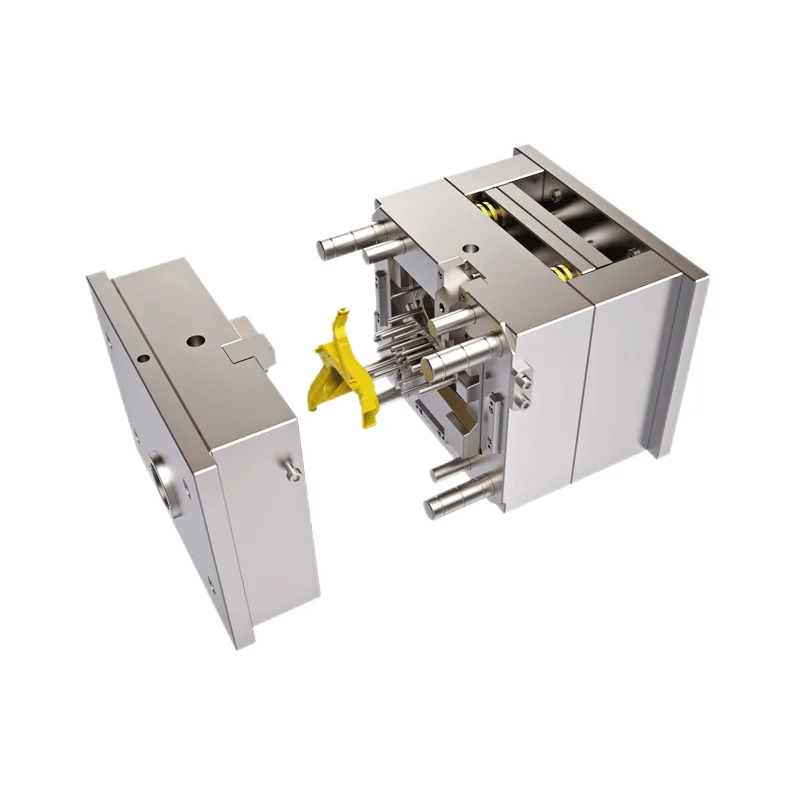
Certifications
ISO 9001:2015 | ITAR Registered | Critical to Quality Inspections
10,000+
Mold design each month
5,000+
Mold developers served
We are a premier provider of plastic mold development services in China, with a seasoned team of engineers and designers who bring decades of experience to every project. With a highly skilled team of 10 engineers, each boasting over 20 years of experience, we deliver top-quality plastic molds tailored to meet specific client requirements.
Over the years, we have developed and refined more than 10,000 plastic mold designs, serving a diverse clientele of over 150 customers from 30+ countries. Our molds are crafted with precision, achieving tolerances as tight as +/-0.005mm, ensuring that they meet the rigorous standards of industries such as automotive, medical, optical, home.
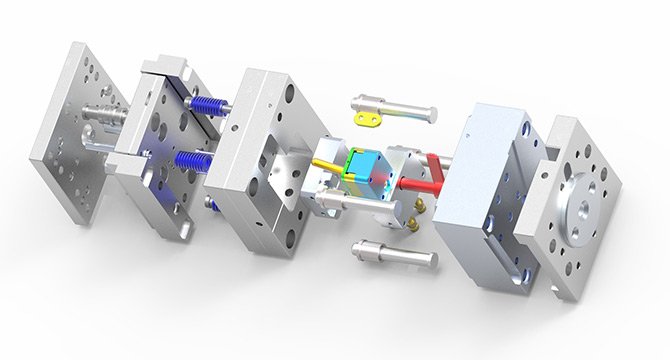

Precision molds for dashboards, bumpers, and interior parts, ensuring durability, safety, and perfect fit in vehicles.

Medical-grade molds for surgical instruments and device casings, designed for hygiene and precision in healthcare.
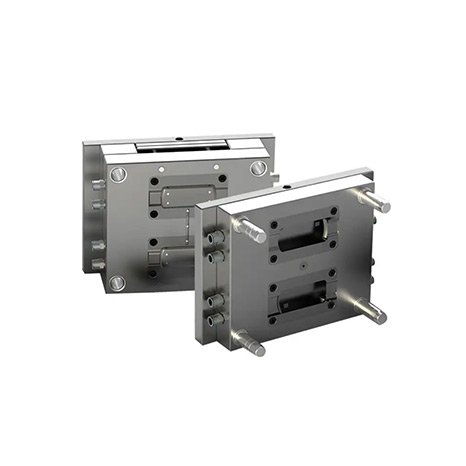
Molds for smartphone casings, tablets, and appliances, ensuring high-quality finishes and tight tolerances.
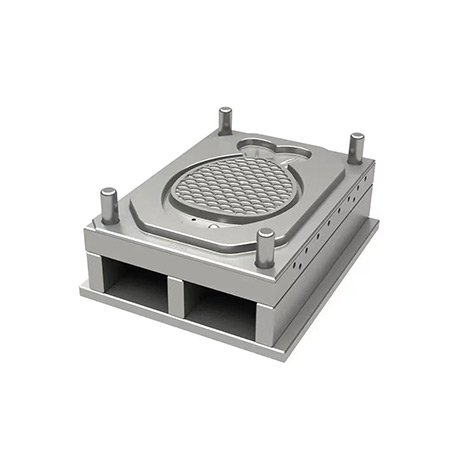
Molds for kitchenware and office supplies, focusing on aesthetics, functionality, and reliability for everyday use.

Efficient, cost-effective molds for bottle caps, containers, and various packaging solutions, ensuring consistency at high volumes.
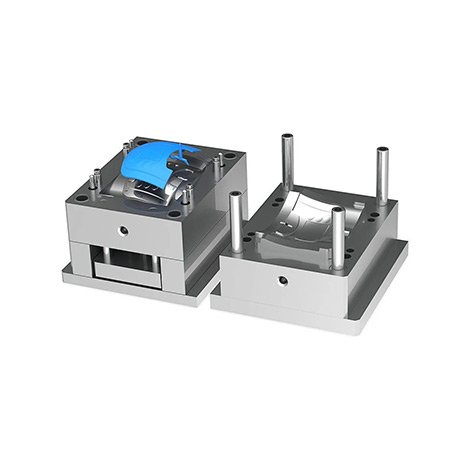
Molds for producing diverse industrial plastic components, emphasizing durability and cost-effectiveness in manufacturing processes.
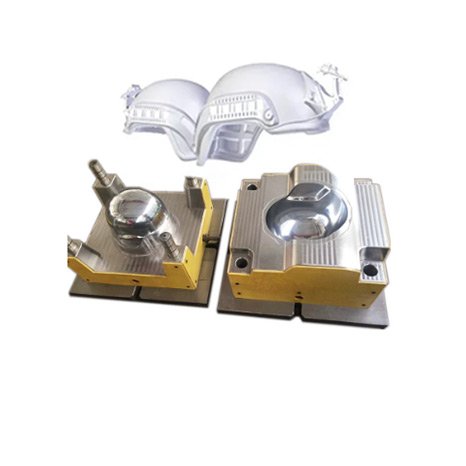
Molds for aerospace and defense parts, built to meet rigorous industry standards and withstand extreme conditions.
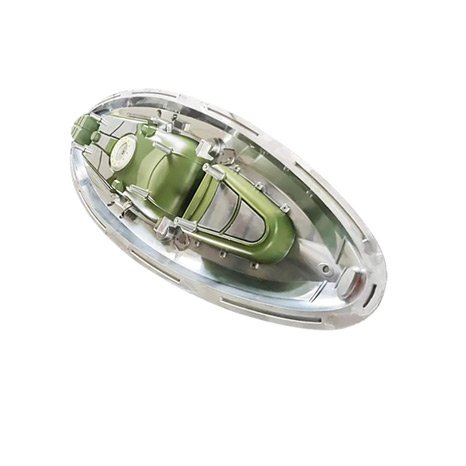
Molds for sports gear and outdoor products, prioritizing durability, safety, and ergonomics for active use.
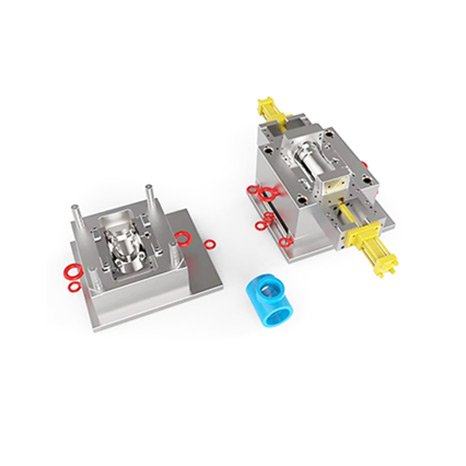
Molds for construction components like panels and fittings, designed for robustness and efficiency in building projects.
Our extensive experience in plastic mold development spans more than 20 years, during which we have honed our processes to deliver high-quality, reliable molds. Each mold is developed through a rigorous process involving Design for Manufacturing (DFM) analysis, Moldflow simulations, and comprehensive 2D and 3D design phases. We collaborate closely with clients throughout the process, to ensure that every mold meets the highest standards:
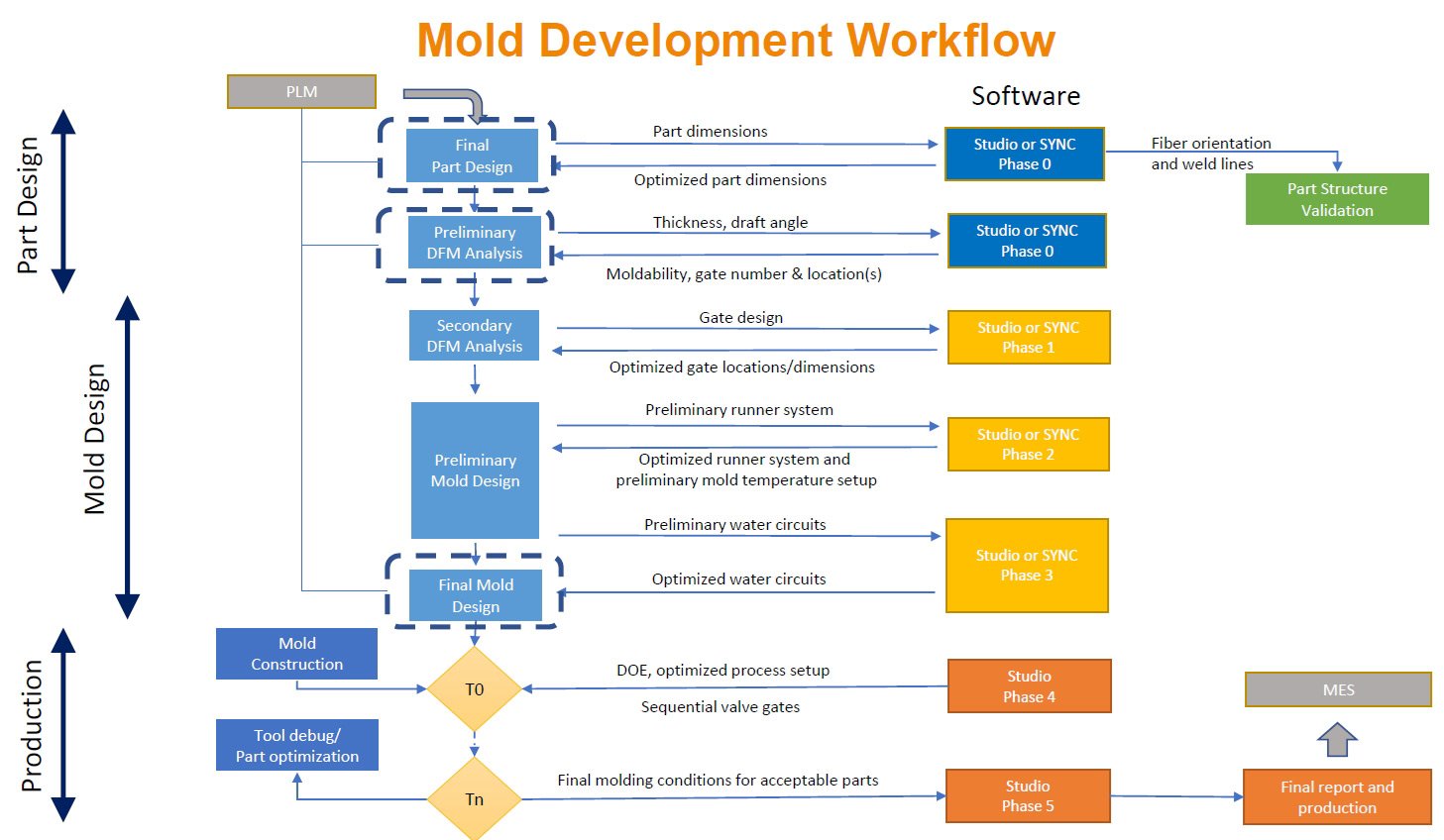

Upload your 3D CAD file or detailed sketch to kick off your custom manufacturing project.

Within hours, you’ll receive a detailed design for manufacturability (DFM) analysis, along with a real-time quote.

After reviewing and approving the quote, we begin production. We also offer various finishing options to meet your specifications.

With our efficient digital manufacturing, your parts can be ready and shipped in as fast as 1 day.
GENERATE REAL RESULTS
Selecting the right partner for plastic mold development is crucial to the success of your product and manufacturing process.
Here’s why we stand out as the ideal choice:
We provide a broad range of high-quality materials for plastic mold development, tailored to meet your project’s needs. From durable tool steel and corrosion-resistant stainless steel to lightweight aluminum and high thermal conductivity beryllium copper, we ensure that the right material is selected for each application. Our selection also includes composite materials for large-scale, high-strength molds, as well as cost-effective plastic options for prototyping. This comprehensive offering guarantees that we can meet the technical and economic requirements of any molding project.
Plastic Mold Development Expertise
Selecting the best plastic mold option can be complex, but our team of experts is ready to assist you with:
Our expert-driven approach simplifies the process of plastic mold development while ensuring high-quality results and cost efficiency.
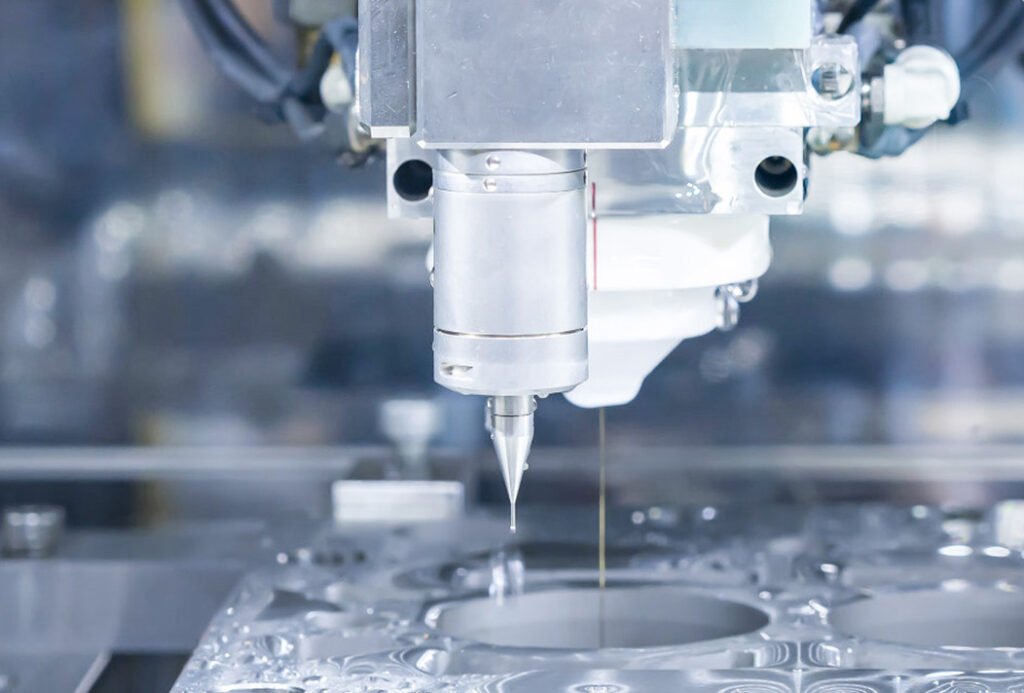
Tailored Solutions
At Plasticssolution, we specialize in providing customized plastic development solutions for a variety of industries. With in-depth expertise and years of experience, we ensure that each project is tailored to the unique needs of your sector.
Mold design is the process of creating the structure and configuration of molds used for producing plastic components. It includes planning and engineering the mold cavity, cooling systems, runner design, and gate placement to ensure efficient plastic injection molding.
The time to build a mold varies based on complexity but typically takes about 10 weeks. However, more complex molds can take up to 5 months.
Typically, mold design involves 5 key steps:
Product analysis.
Design concept creation.
3D mold design and simulation.
Material selection.
Prototype testing and validation.
The first step is reviewing the project’s requirements, including part dimensions, materials, and production needs. After discussing details with the customer, CAD designs are created, and a prototype mold is often produced before full-scale production.
Common software for mold design includes Moldflow, SolidWorks, CATIA, Autodesk Inventor, and NX Siemens. These tools help simulate mold functionality, analyze flow, and optimize part designs.
The key point of mold design is achieving optimal cooling, flow balance, and part ejection, ensuring high-quality plastic parts with minimal waste and cycle time.
Key points include:
Thermal control to prevent cooling or overheating.
Runner balancing for even material flow.
Material compatibility with the hot runner system.
A reasonable mold design should:
Achieve consistent part quality.
Ensure easy ejection of parts.
Minimize cycle time and waste.
Provide proper cooling and ventilation.
Gate design should:
Ensure even material flow into the cavity.
Be placed strategically to avoid air traps.
Minimize weld lines and shrinkage.
Common gate types include:
Edge gate
Pin gate
Fan gate
Submarine gate
Direct gate
Edge gates provide a simpler removal process for parts, ensure even flow, and are typically easier to implement for large part designs.
Fan gates are advantageous for:
Even flow distribution across large or thin parts.
Reducing stress and defects like warping or sink marks.
An effective ejector system must:
Ensure even part ejection.
Use the right ejector pin layout to prevent part deformation.
Be designed for easy maintenance.
Common exhaust methods include:
Parting surface (including exhaust groove)
Insert mating surface
Fit surface of push rod or push tube and inner mold insert
Side core pulling mechanism
Install ventilation needles or pins to exhaust the trapped air
Steel exhaust
Exhaust valve
Ensure proper airflow to avoid air traps.
Design vents that release gases without affecting part surface quality.
Position vents at flow end points.
The parting surface should:
Allow for easy removal of the molded part.
Minimize flash formation.
Be aligned with flow and cavity design.
The primary function is to ensure the efficient production of high-quality parts. This includes ensuring proper material flow, cooling, and ejection of parts while keeping costs low and production speeds high.
Sliders should be designed to avoid undercuts and ensure smooth ejection of the part. Proper alignment, lubrication, and material choice are critical to avoiding wear and tear during repeated cycles.
Steel choices depend on mold complexity and part material. Key considerations include hardness, durability, thermal conductivity, and machinability. Common options include P20, H13, and S7 steels.
0086-18057179052
info@plasticssolution.com
We will contact you within 1 working day, please pay attention to the email with the suffix “info@plasticssolution.com”.

Didn’t find what you want,
ask our leader for help directly!